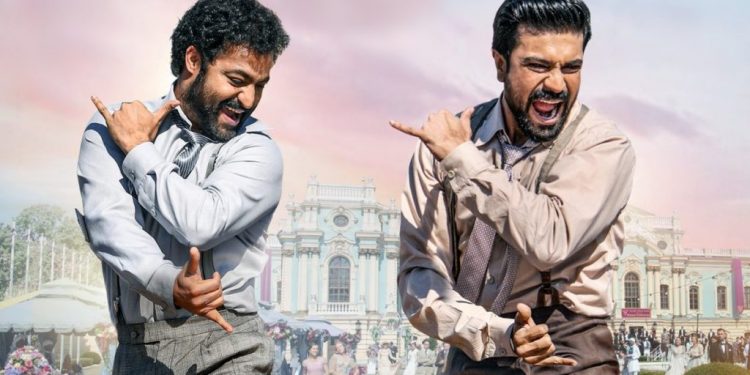Pune: A group of music enthusiasts from Pune is belting out Sanskrit versions of popular songs like Oscar-winning ‘Naatu, naatu’ from RRR, and ‘Srivalli’ and ‘Oo Antava’ from south blockbuster Pushpa in its efforts to take the language to the masses in an appealing manner.
Sanskrit is considered one of the oldest living languages in the world. It has a rich literary tradition and is used in religious and ceremonial contexts in India.
The music band – ‘Vrunda Gandharva Sakhyam’ – has about 20 members, including a few from Mumbai, in the age group of 15 to 50 years. They create musical fusions by making cover songs with instruments like santoor, keyboard, guitar, and tabla.
Dr Shreehari Gokarnakar, a professor of Sanskrit from Mumbai who has earned a doctorate in ‘Chhand Shastra’ (science of rhythm), said most people study Sanskrit as a subject in their formal education and not as a language.
“Our goal is to bring the ancient language into regular use in a manner that appeals to people, especially the youth. While there are various efforts to popularise the language through crash courses, conversations, and more, our objective is to promote the language through ‘Sangitam’ (musical way) entertainingly,” said Gokarnakar, who is associated with the band.
To promote Sanskrit through recreated renditions and cover songs, the band started its own YouTube channel named ‘Sanskritshree’, commencing its own musical journey with the song ‘Albela Sajan’ from Hum Dil De Chuke Saman.
The band asserts that as their visibility grows on social media, audiences have begun to appreciate this “language of music” due to the simplicity and rhythmic structure of the concept.
The band is also experimenting with a new and unique form of Sanskrit musical play named ‘Gandharva Sakhyam’. The composition includes dialogues in Sanskrit. During this musical play, the presentation, including songs and ‘subhashitas’ (aphorisms), is in Sanskrit, while the anchoring is in the local language to explain the storyline of the musical play to the audience.
The band members said it draws inspiration from K-pop (Korean popular music), once a craze among youngsters.
Key member Pranjal Akkalkotkar, who is also a history teacher, singer, and composer, said, “There was a fascination among youngsters about Korean popular music. They used to sing those songs without paying much attention to the meaning. That’s where the idea struck of forming a musical band in Sanskrit.”
During its Sanskrit musical shows, the band performs original songs composed by its members in the first half and cover songs in Hindi and other regional languages, including Marathi, in the second half.
The process of recreation is very challenging as well as interesting, said Akkalkotkar. While they first decode the entire tune, the big task is to frame the main verses in Sanskrit without compromising the meter, he said.
“Dr Gokarnakar’s role comes into the picture here as he translates the entire song into Sanskrit in a day without altering its essence. Many times, there is no exact translation of the original song, but the essence is preserved, and then we work on the vocal part,” said Akkalkotkar.
The group members then practise for the next couple of days, perfecting the pronunciation, he said.
Band member Aruja Rahalkar told PTI, “This is a wonderful experience to be associated with this band as a dancer.”
Sanika Joshi, a singer in the band, is excited about her journey with the band. “The original and the cover song compositions are very well-written, and it is a nice feeling to sing these songs in Sanskrit,” she said.
Yogesh Sumnat, the santoor player in the band, said, “We have seen the use of santoor in different Hindi songs, but here it is a unique concept where we are bringing the instrument in a live show.”






































